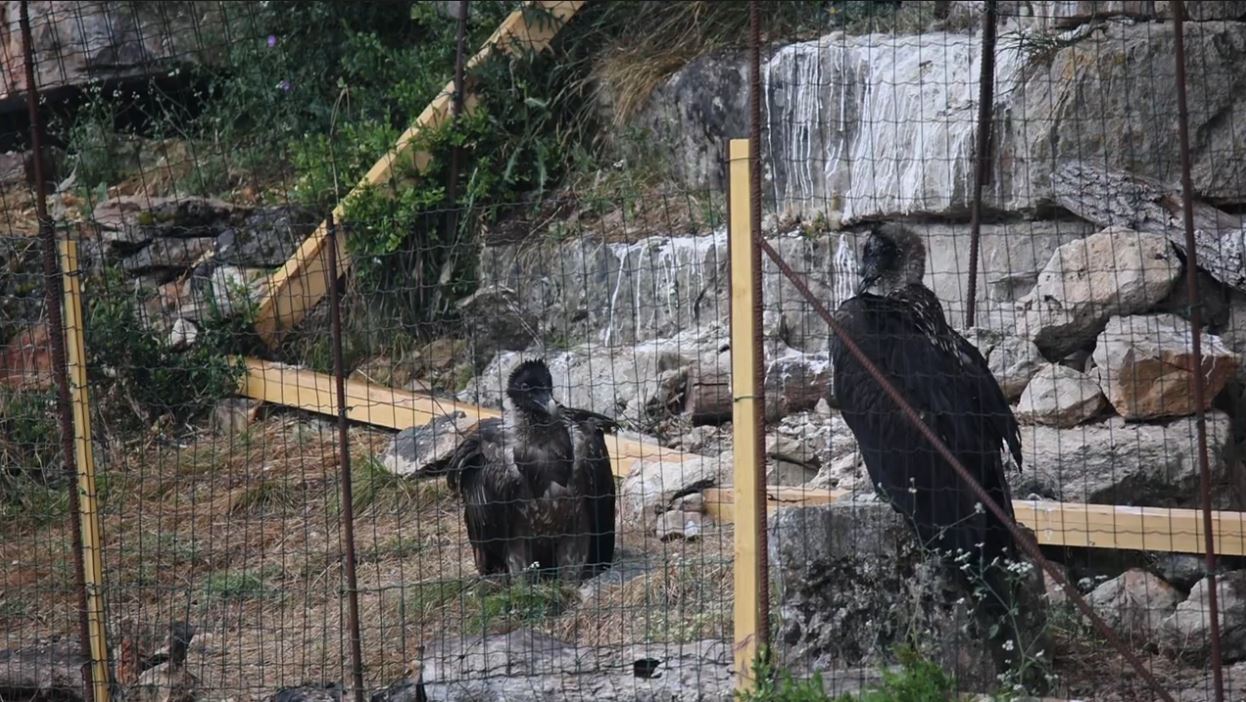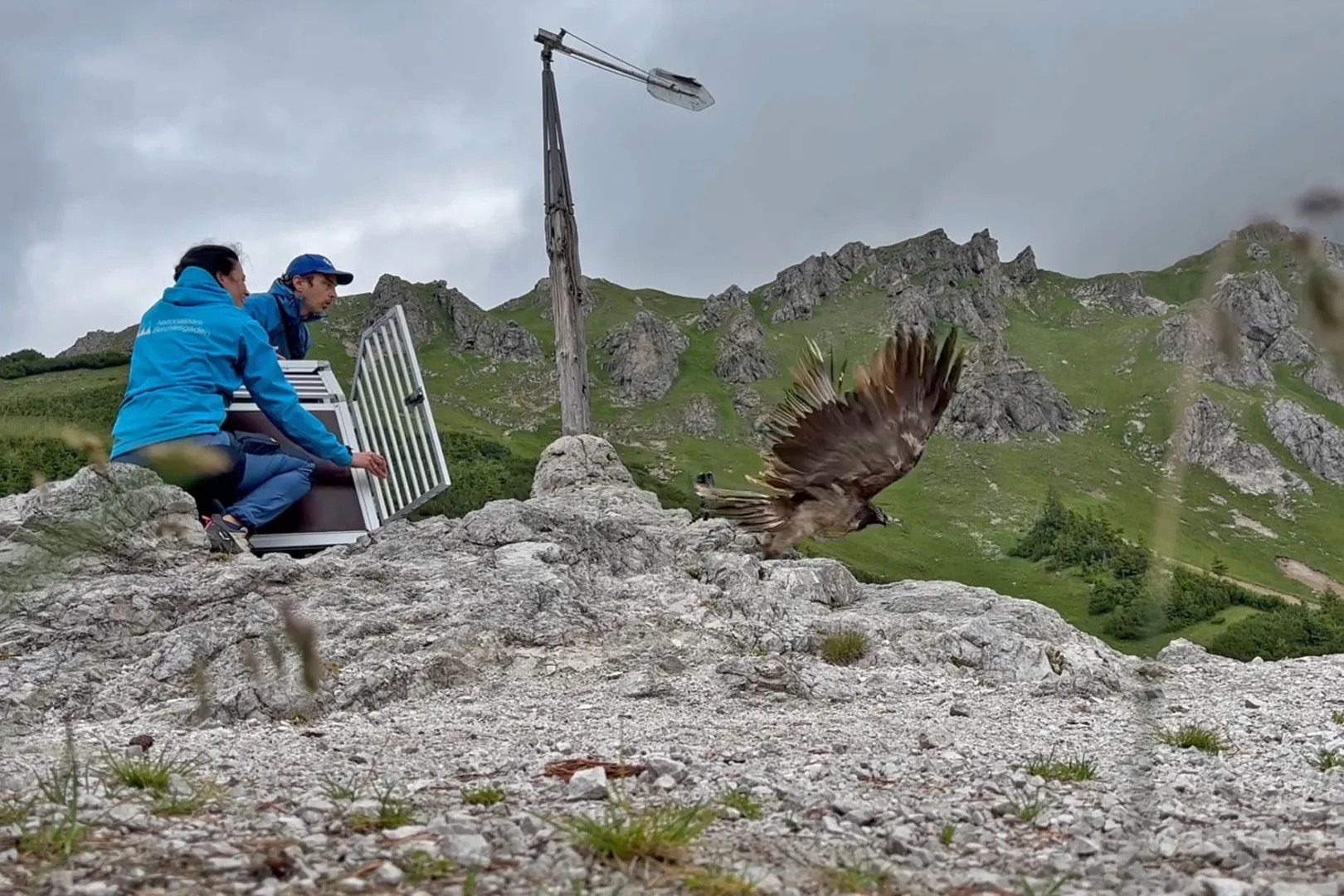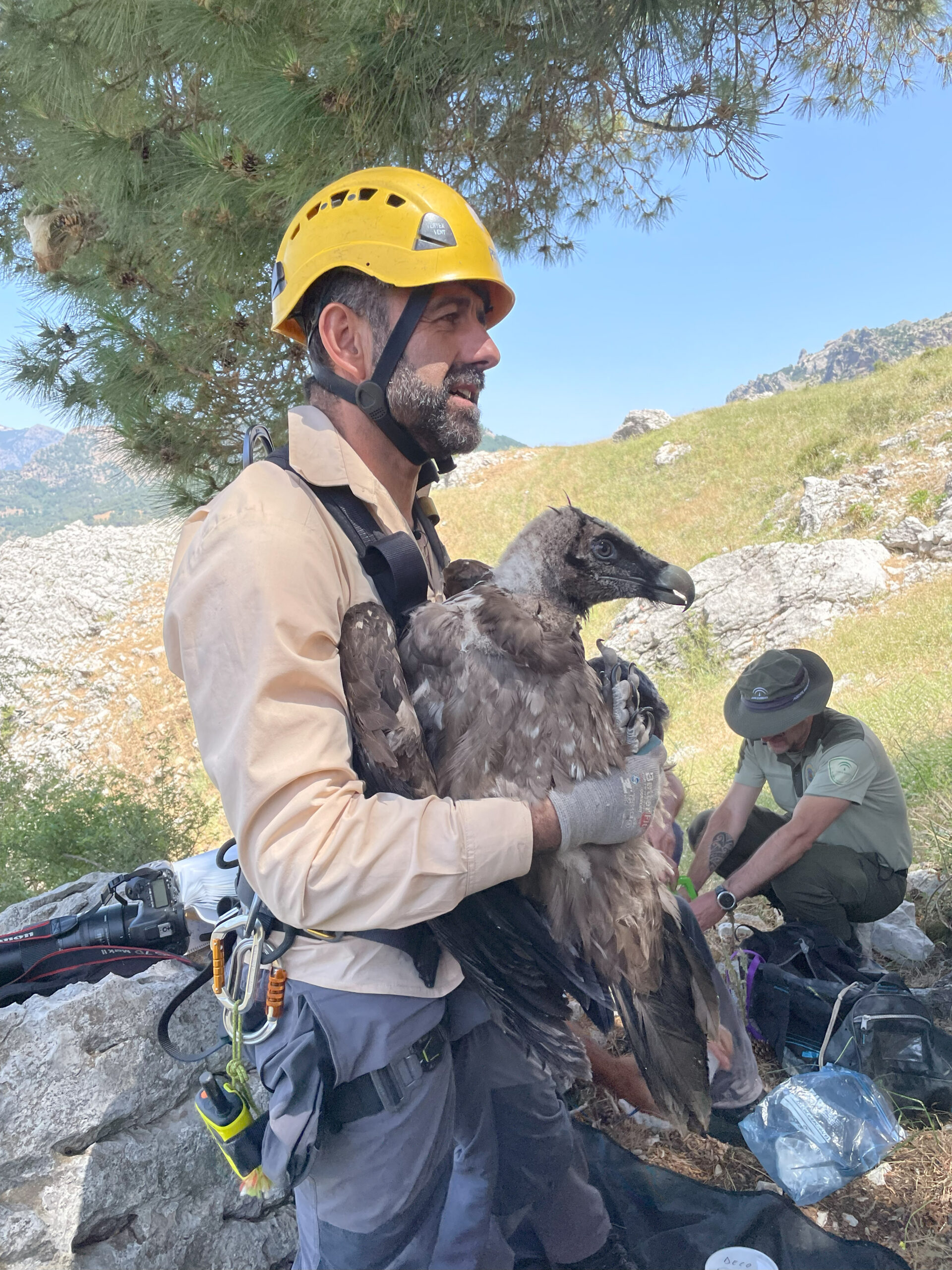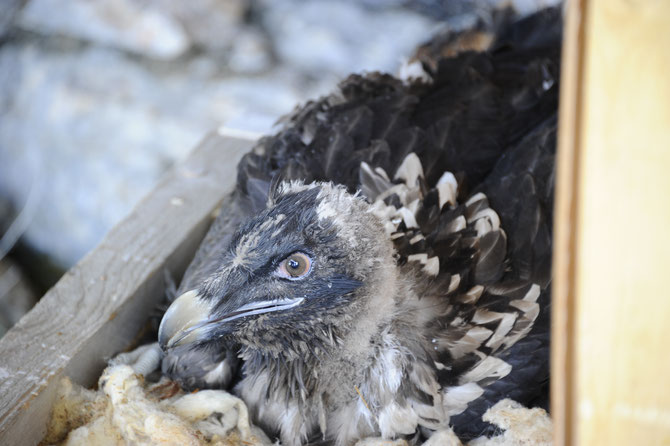
The rarest of Europe’s vultures, the bearded vulture, was once found across the mountains of southern Europe and the Alps. But, due to several threats like poisoning and persecution, the species disappeared from most of its distribution range. Today it flies only in the Alps, in the Pyrenees, in Andalusia, and isolated populations in Crete and Corsica. The LIFE GypConnect project came to life to help establish a breeding population of the Bearded Vulture in the Massif Central, as well as in the Pre-Alps. It attempts to do so through reintroduction and promoting dispersal movements between the Alps and the Pyrenean populations. These movements promote gene flow, which will also help to increase the genetic diversity of the reintroduced Alpine population, and thus accelerate the end of the reintroduction project there.
Watch the video highlighting the achievements of the project that was also broadcasted during the EU Green Week 2020.
LIFE GypConnect
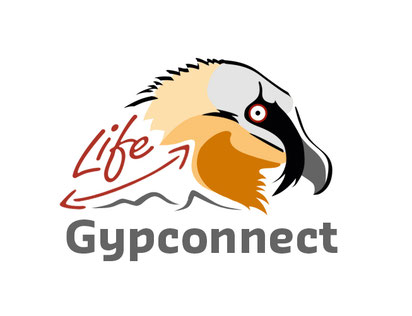
Led by the League pour la Protection des Oiseaux (LPO), the LIFE GYPCONNECT project aims to establish a breeding population of Bearded Vultures in the Massif Central and Department of the Drôme. Releasing captive-bred Bearded Vultures into the wild at sites such as the Parc Naturel Régional des Grands Causses, Parc Naturel Régional des Baronnies Provençales and Parc Naturel Régional du Vercors will create a core population that will connect the two populations of the species in the Alps and Pyrenees. To facilitate movements between the new population and the Alpine and Pyrenean populations the LIFE GYPCONNECT team is creating a network of supplementary feeding stations, and tackling threats such as poisoning, and collision and electrocution with the electricity infrastructure.




